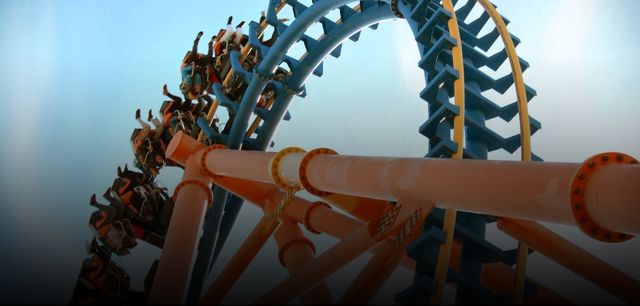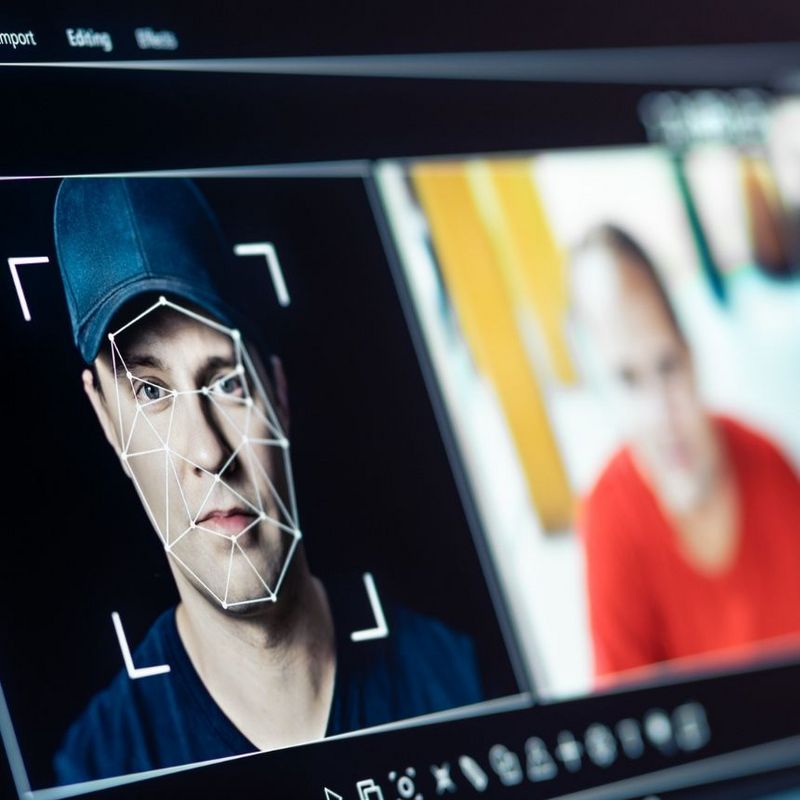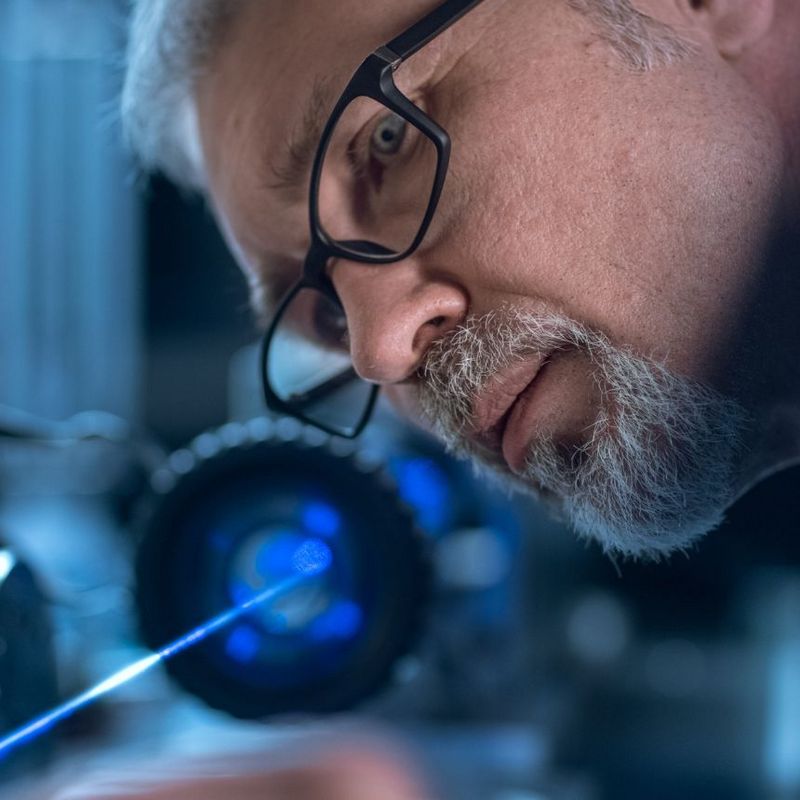08 december 2022
For racing drivers and pilots, they come as part of the job. Anyone else will only come across “G-forces” in aeroplanes, when overtaking on the motorway or in leisure parks. In the latter, the TÜV NORD experts use sensor technology to test which acceleration forces are impacting on the riders of roller coasters or other funfair rides.
The ride starts off slowly, picking up speed as it gradually ascends. There are those butterflies in the belly. The thrill of anticipation grows. We’re way up high above the ground – there’s a brief pause, and off we go. We plunge vertiginously into the depths; a sharp curve flings us to one side, and the next climb presses us back in our seats. High up again, our stomach seems momentarily to be suspended in the air, and then the ride screams back down again!
A roller-coaster is an adventurous mix of drops and climbs, and the body is pleasurably shaken to its core. Up here, palpably strong forces work on the body from above, below, in front, behind and from all sides. Exactly how great the acceleration forces are can be measured. The experts in Flying Constructions at TÜV NORD using a thumb-sized box that records G-forces. “The strain on the people on the ride and their safety depend on the acceleration forces,” Michael Krah, director of Flying Constructions at TÜV NORD “This is why measurements are so important for working out age and size restrictions; for example, whether a roller-coaster is to be approved for children aged 6 or only from the age of 12.” The sensors are installed in series in the first and last cars, roughly at neck height; without exception for commissioning tests and sometimes also for the annual inspections, in cases where the experts suspect something is not right.
Measuring acceleration forces is important for determining what age and height a ride should be approved for.
After the simulation is before the measurement
If a new ride is being built, the manufacturer assumes particular accelerations and simulates them using a computer. The structure is then designed: what curve geometry strikes the right balance between safety and thrill-seeking? How thick does the steel have to be to conduct the forces into the ground. “During our final inspection we check whether the actual values are consistent with the assumed ones,” says Michael Krah. “If they are greater, then the manufacturer will have to rework the ride, for instance by installing a different safety bar or reducing the speed.”
The acceleration forces also determine which of the risk categories stipulated in the standard the ride will be assigned to. Depending on the risk category, the roundabout or roller coaster will require a different restraint system to ensure the passengers are securely anchored to their seats. In category 4 or higher, the safety bar must have an additional locking system, and monitoring personnel must make sure that it is closed. From category 5, the locking system itself must be inspected – this refers to loop-the-loop roller-coasters or swings, for instance. For their assessments the TÜV NORD experts use a program they developed themselves to compare the measured values with the relevant standard.
There is nothing new about measuring G-forces, of course. This has been common practice for about 50 years, Michael Krah explains. And yet, the technology has become ever lighter, smaller and more practical over the years. “We used to have a paper recorder with a needle, which meant that we had to screw the box, which weighed several kilos, to the seat and wind the device up with a key first. These days, it’s all a bit more convenient.”
The experts in Flying Constructions at TÜV NORD use a thumb-sized box to determine the acceleration forces in the measurement of G-forces.
About Michael Krah
Michael Krah is head of the department Fairground Rides at TÜV NORD and has virtually unparalleled familiarity with fairground rides. After studying electrical engineering, he spent the first ten years of his career working as a service engineer for a carousel manufacturer. He then moved to TÜV NORD and has seen, listened to and felt all kinds of rides and other attractions over the past 16 years. He does a lot of travelling for his job and works with his team at carnivals and in amusement parks all over the world.





